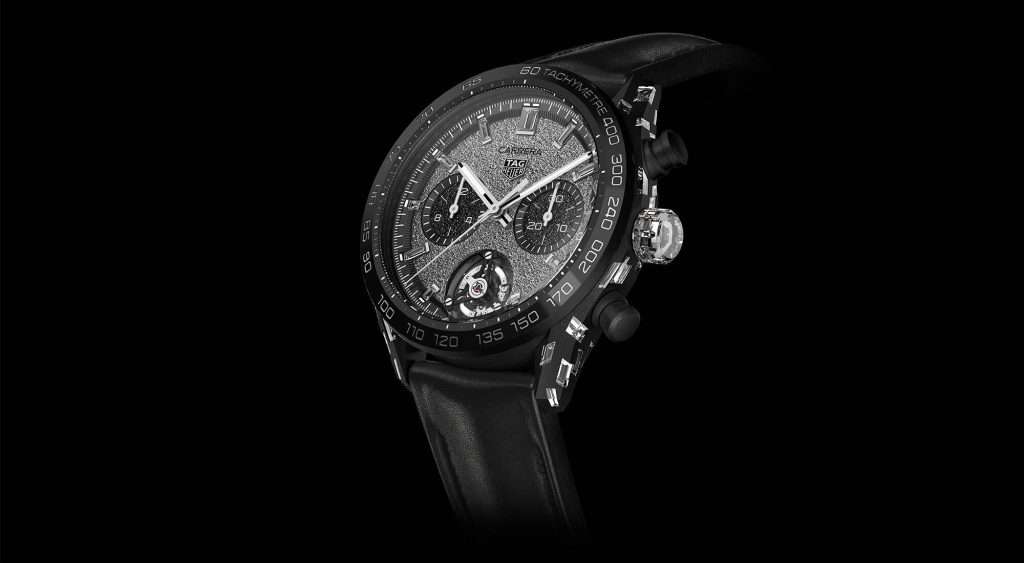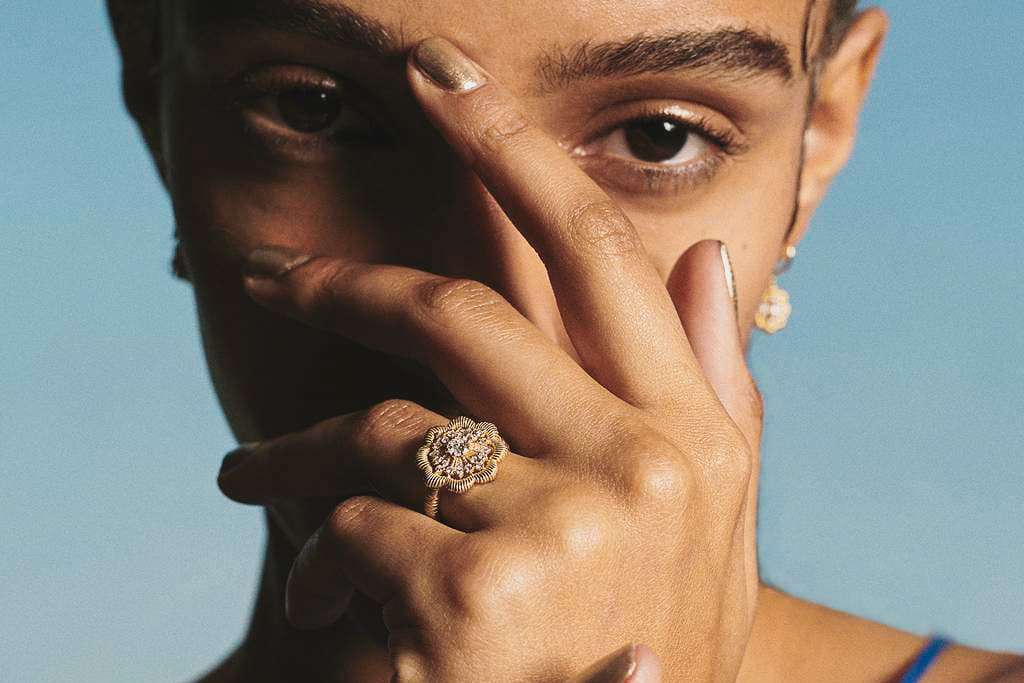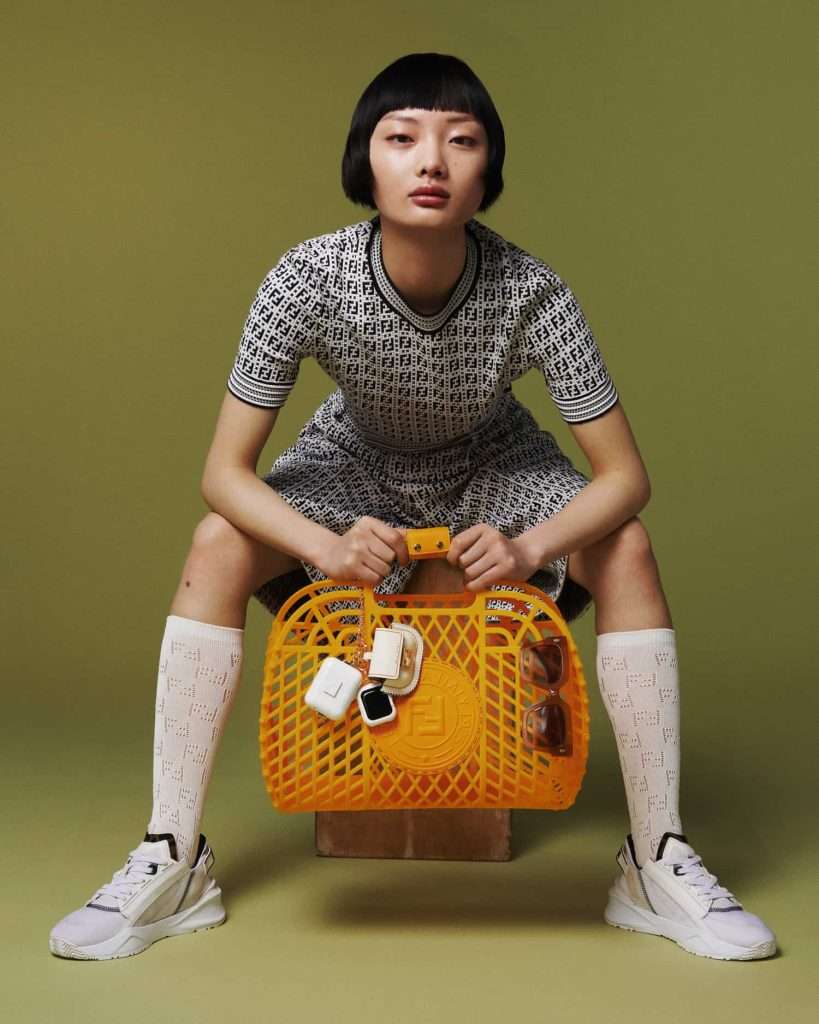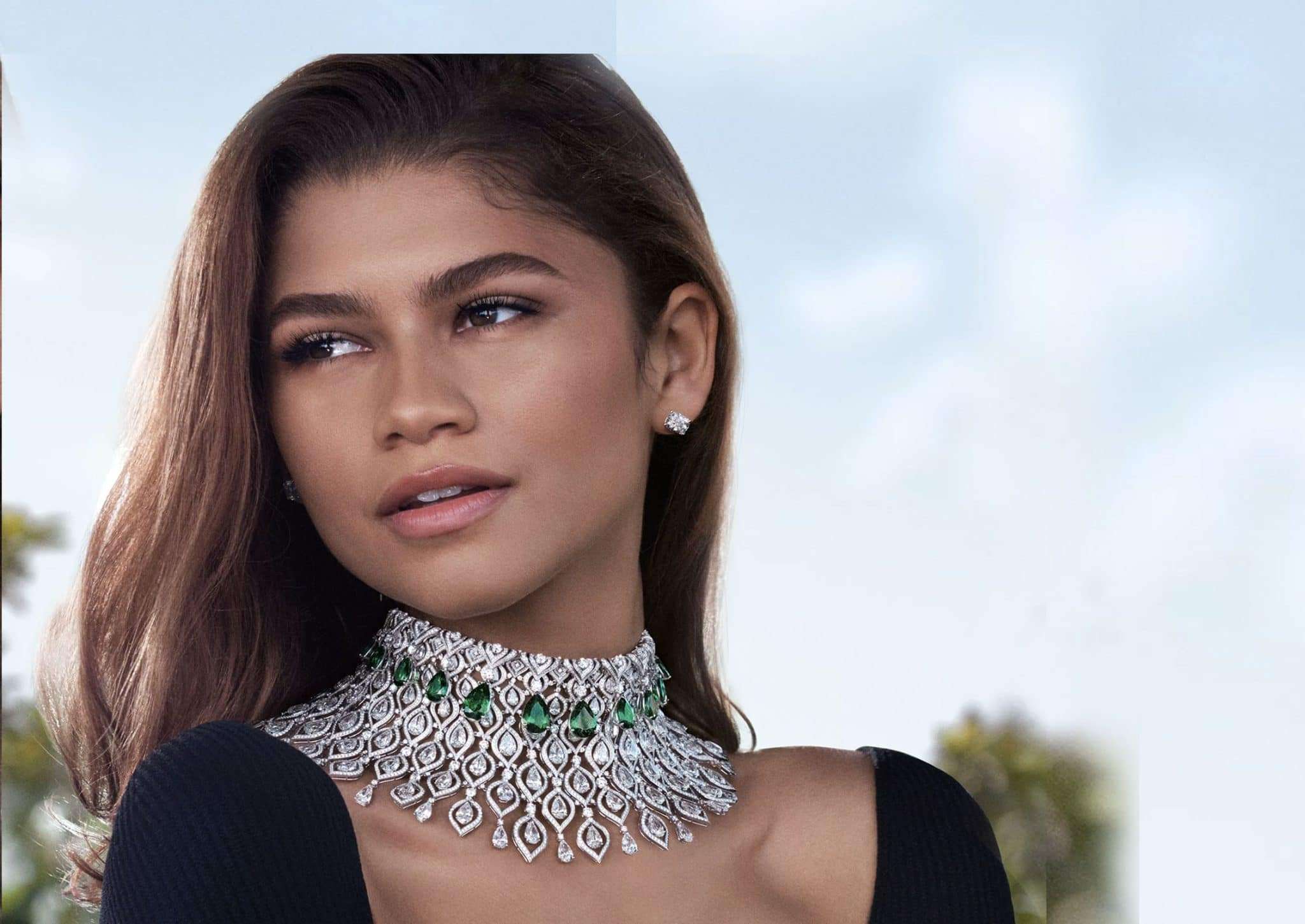A $90 million funding round for Rehovot, Israel-based lab-grown diamond producer Lusix includes LVMH Luxury Ventures, Ragnar Crossover Fund and More Investments.
Lusix and its Sun Grown Diamond brand, were born out of the Landa Labs, the science innovation and incubation platform of the Landa Group founded by entrepreneur and inventor Benny Landa, who sold his printing company to Hewlett-Packard in 2002. Now its own entity, Lusix’s latest funding round is intended to fuel its growth initiatives, namely the expansion of its production facility in Israel, and the addition of a second facility this summer.
“We are thrilled and proud to welcome such high-profile investors, most notably LVMH Luxury Ventures, bringing their financial support and valuable industry insights,” Landa said in a statement.
Lab-grown diamonds
The move signals a shift in the jewelry industry; legacy jewelry brands including Cartier, Tiffany, Chopard, and Bulgari, have embraced recycled gold and metals, and increased ethical mining practices. But they have not endorsed lab-grown diamonds as a luxury material.
“Crafted by nature over millions of years, natural diamonds are inherently valuable, rare and precious,” The Natural Diamond Council said when lab-grown diamonds earned the FTC’s blessing in 2018.

But that could soon change with LVMH’s participation. Tiffany & Co. is an LVMH brand. Tag Heuer, another LVMH brand, released a collection of watches in March made with lab-grown diamonds.
“Chemical vapor deposition (CVD) technology, which we refer to as ‘Diamant d’Avant-Garde’ at Tag Heuer, enables us to explore the versatility of carbon in the form of lab-grown diamonds—to create a stunning timepiece where diamonds are used in very unique shapes and textures,” Tag Heuer and LVMH Watches and Jewelry Division Chief Innovation Officer Edouard Mignon said in a statement in March.
“Lab-grown diamonds allow us to innovate and experiment with this exceptional material, and this opens up a new realm of possibilities for designers, watchmakers, and engineers,” he added.
“It’s not about replacing traditional diamonds with lab-grown diamonds,” Frédéric Arnault, LVMH CEO Bernard Arnault’s son and head of Tag Heuer told Vogue Business. “We use what’s different and inherent to this technology, allowing us new shapes and textures.”
Demand for lab-grown diamonds has continued to increase in recent year. The Leonardo DiCaprio-backed Vrai opened a Los Angeles flagship store last year not far from luxury central, Beverly Hills.
“We are breaking boundaries in sustainable luxury and impacting the standards in the jewelry industry by providing an option without compromise for consumers,” Vrai’s chief executive officer Mona Akhavi said in a statement.

The recently revived 18th century jewelry brand Oscar Massin is also aiming to make lab-grown synonymous with sustainable luxury. It’s committed to only using responsibly sourced materials including recycled gold and metals and lab-grown diamonds. The brand’s founders hail from luxury; Frédéric de Narp is the former CEO of Swatch Group’s Harry Winston, and Coralie de Fontenay, was a longtime executive at Richemont’s Cartier.
They see the decision as a responsibility. “We want to give life to these precious brands, while redefining the codes of the industry,” De Narp told The Business of Fashion.
Diamond giant De Beers’ own research also confirms that consumer habits are changing, particularly among millennials and Gen Z, who are not only expecting more ethical behaviors from brands, but are also willing to pay a premium for it.
LVMH sustainability
The Lusix investment builds on LVMH’s increasing sustainability efforts. The group has lagged behind rival Kering, the Gucci parent company. In October, Kering partnered with Richemont to create the Watch and Jewelry Initiative 2030 aimed at standardizing and increasing the industry’s sustainability efforts, which LVMH has not joined.
But it has been increasing its efforts across its Maisons. Much of the change at flagship label Louis Vuitton is owed to its late creative director, Virgil Abloh. The designer and co-founder of Off White, championed sustainable materials and helped the label design a logo to help orient customers to its efforts. He was also there when the label launched its first unisex, vegan sneakers made with sustainable materials, among other efforts. By 2025, Louis Vuitton says it will have reached 100 percent of its sustainability goals.
LVMH has increased its efforts in promoting circularity, too, opening up its labels’ deadstock to the Nona Source platform, which sells it to smaller designers and helps keep the house brands from creating waste.

It also continues to explore options elsewhere among its labels. On the spirits side, Moët Hennessy opened a research center last year dedicated to sustainability for its alcohol brands. In April, LVMH announced it was exploring lab-grown fur. One of the last major luxury labels to still use fur, LVMH said it doesn’t want to switch to a plastic-based faux material. It’s even exploring a crossover between waste from its wine and spirits division that could factor into the fur.
“We’re not interested in the hype of a new fibre for the sake of a new fibre,” Carole Collet, design professor at Central Saint Martins and director of Maison/0, the creative platform for “regenerative luxury” established jointly by the university and LVMH in 2017, said of the project. “We’re interested in new, radical, sustainable fibre.”
That interest in radical sustainability is a through-line in LVMH Luxury Venture’s portfolio beyond Lusix. MadHappy and Versed are both in the portfolio and have been increasing their sustainability commitments. So has Gabriella Hearst, the creative designer at Chloé as well as her own label. Last year, Hearst helped Chloé become the first luxury label to earn B Corp status.
Lusix isn’t just aiming to create a conflict-free diamond vertical—it’s also the industry’s first to be fully solar-powered diamond producer. Landa doesn’t mince his words, “the implications of this investment,” he says, “both for Lusix and for the lab-grown diamond segment, are profound.”


